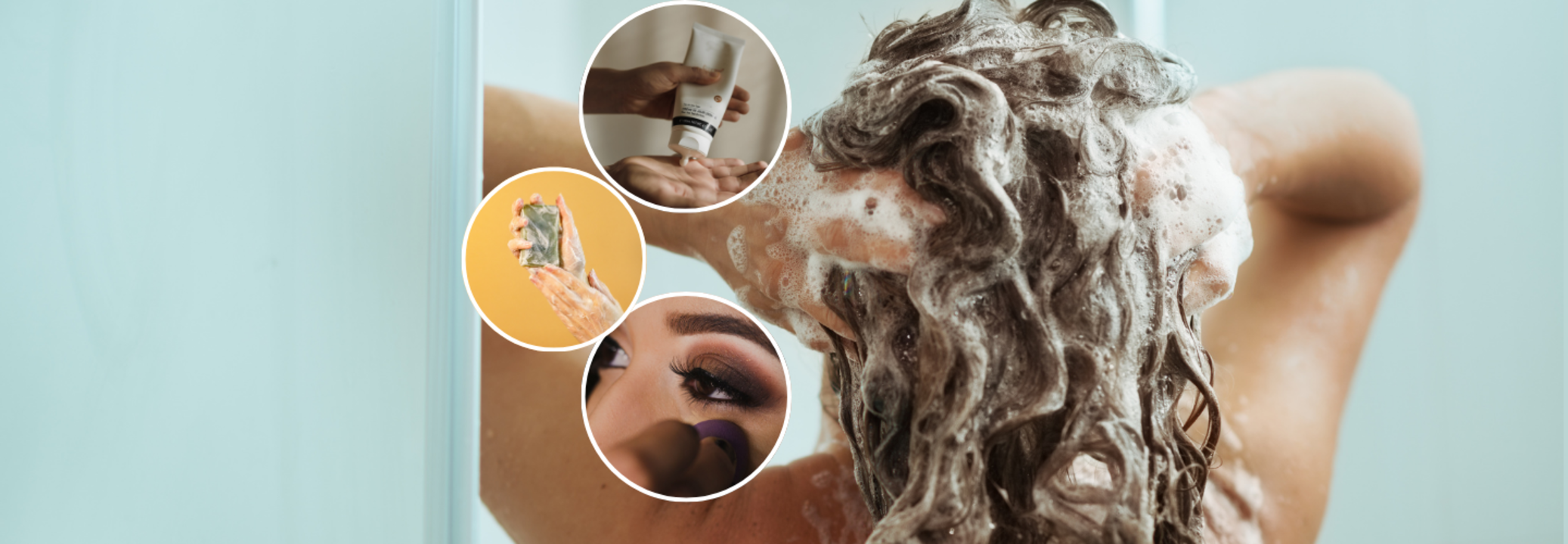Women Beware! Your Everyday Beauty Products May Have Cancer-Causing Chemicals

SummaryMany everyday beauty products, including lotions, shampoos, and eyelash glue, contain formaldehyde-releasing preservatives—linked to cancer risks—especially impacting Black and Latina women who use these products frequently.
End of Article
